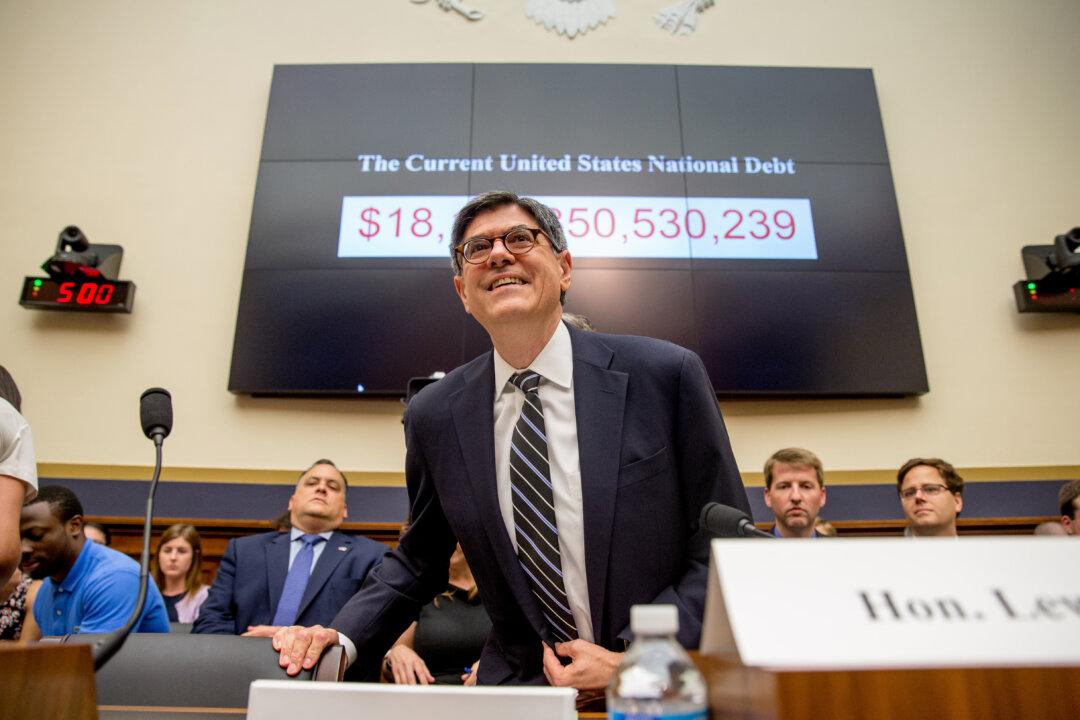First the good news. China sold only $43 billion worth of foreign exchange reserves, most of which was in U.S. Treasurys, in September.
This number is far lower than the $94 billion it sold in August, so it seems the country managed to stem the bleeding that reduced reserves of $4 trillion (August 2014) to $3.51 trillion in September of 2015.
Fewer sales by China are also beneficial because they reduce the pressure on interest rates here in the United States.
Maybe some of the measures to clamp down on money exchanges and overseas cash withdrawals have shown an effect.
“The FX outflow situation moderated in September amid clearer policy signals to support the currency and … restrictions to slow outflow,” Goldman Sachs writes in a note.
The bad news, however, is that analysts think this number is just the beginning and will eventually be revised higher as new data is released.






